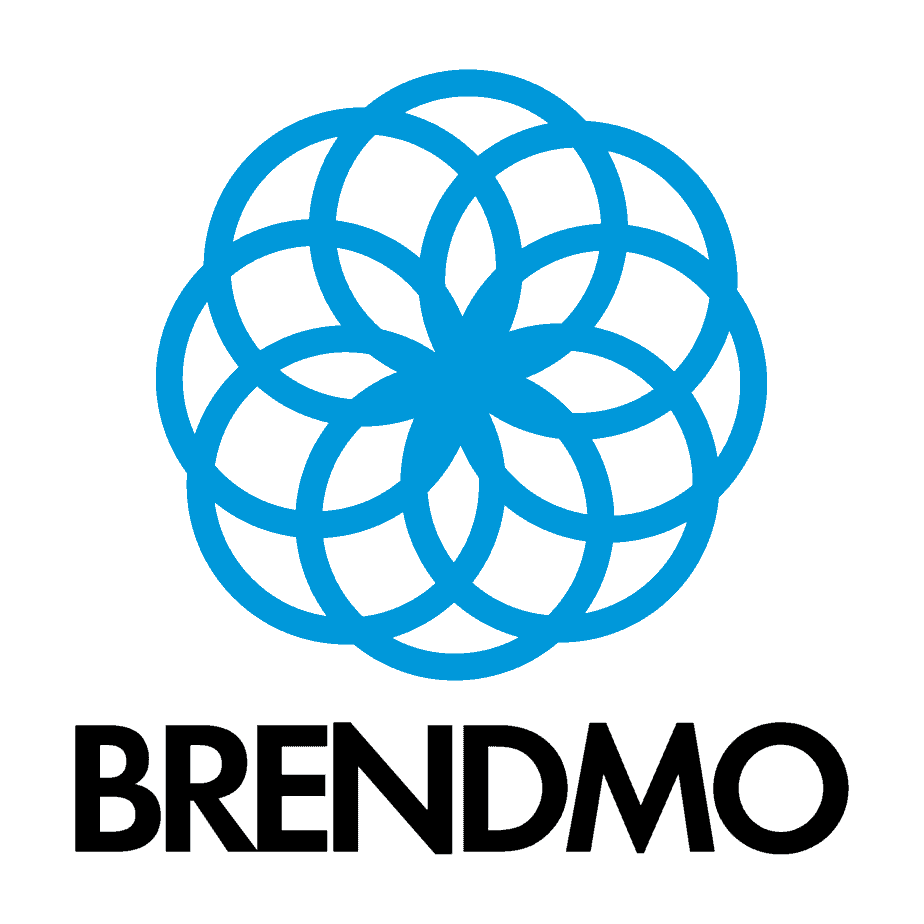Performance management (PM) is the lifeblood of any successful organization. It’s not just about annual reviews; it’s a continuous cycle of setting goals, providing feedback, and fostering development to maximize employee potential and ultimately achieve organizational objectives.
But navigating the world of PM can be complex. This comprehensive guide delves deep into the advantages, disadvantages, challenges, and most importantly, how PM can be leveraged to boost employee engagement and productivity.
The Powerhouse of Advantages: Why Invest in Performance Management?
A well-designed PM system offers a multitude of benefits for both employers and employees:
- Clarity and Alignment: Imagine a well-oiled machine – that’s what PM strives for. By setting clear and measurable goals during the PM process, everyone is on the same page. Employees understand what’s expected of them, and their work aligns seamlessly with the organization’s strategic goals. This eliminates confusion and ensures everyone is rowing in the same direction.
- Performance on an Upward Trajectory: Regular feedback is the fuel that propels performance improvement. PM provides a framework for managers to offer constructive criticism and highlight areas for growth. Employees can identify their strengths and weaknesses, allowing them to focus on targeted improvement strategies. This ongoing feedback loop fosters a culture of continuous learning and development.
- Motivation: The Spark That Ignites Engagement: Recognition and appreciation are powerful motivators. PM allows managers to acknowledge employee achievements throughout the year, not just during annual reviews. This reinforces positive behaviors, fosters a sense of accomplishment, and keeps employees engaged and motivated. When employees feel valued and see a clear path for growth within the company, they’re more likely to go the extra mile.
- Communication: Building Bridges for Success: Effective communication is the cornerstone of any healthy relationship. PM fosters open communication between employees and managers through regular check-ins and performance discussions. This creates a platform for addressing concerns, providing guidance, and building stronger relationships. Open communication not only clears the air but also allows for early identification of potential issues, leading to faster resolution.
- Data-Driven Decisions: From Intuition to Informed Action: PM isn’t just about individual performance; it’s also about gleaning valuable insights for the organization. Performance data gathered through PM helps inform strategic decisions about talent development programs, compensation adjustments, and future staffing needs. Imagine having a treasure trove of data that empowers evidence-based decision making – that’s the power of a well-designed PM system.
The Flip Side of the Coin: Potential Disadvantages of Performance Management
While PM offers a plethora of advantages, there are also potential drawbacks to consider:
- Bias and Inaccuracy: The Human Factor at Play: Subjectivity can creep into PM if assessments are based solely on personal opinions or relationships. Unconscious bias can lead to unfair evaluations, focusing more on personality than actual performance. Additionally, infrequent reviews may not capture an accurate picture of an employee’s performance over a longer period. Mitigating these risks requires training managers on conducting objective assessments and implementing a system for more frequent feedback throughout the year.
- Negativity Bias: Can We Focus on the Positive Too? Performance reviews often have a reputation for focusing solely on shortcomings and areas for improvement. While addressing weaknesses is essential, dwelling on negativity can create a demoralizing experience for employees. A well-designed PM process should strike a balance, acknowledging achievements and celebrating successes alongside areas for development.
- The Administrative Burden: Streamlining the Process for Efficiency: Developing and maintaining a comprehensive PM system can be time-consuming, especially for smaller organizations with limited resources. However, there are ways to streamline the process. Utilizing technology platforms and creating user-friendly templates can significantly reduce the administrative burden associated with PM.
- Engagement: Keeping the Spark Alive: If not implemented effectively, PM can feel like a bureaucratic exercise, leading to disengagement from both managers and employees. To prevent this, the PM process should be seen as a collaborative effort, not a top-down mandate. Employees should be actively involved in goal setting and development planning, fostering a sense of ownership and accountability for their performance.
Challenges Faced by Employers: Navigating the Roadblocks to Effective PM
Employers face several hurdles when implementing and maintaining a robust PM system:
- Building a Fair and Effective System: Designing a PM system that is fair, objective, and aligns with organizational goals requires careful planning and effort. Factors like company culture, industry standards, and employee roles need to be considered when developing the framework.
- The Art of Feedback: Equipping Managers for Success: Providing constructive and actionable feedback is a skill that needs to be nurtured. Managers require training on how to deliver feedback effectively, ensuring it’s specific, timely, and focused on behavior change.
- Development Opportunities: Investing in the Future: Offering relevant training and development opportunities is crucial for employee growth and organizational success. However, it can be resource-intensive. Striking a balance between providing valuable programs and managing costs is essential. Organizations can explore creative solutions like micro-learning modules, online courses, or mentorship programs to ensure development opportunities are accessible without breaking the bank.
- Maintaining Consistency: Ensuring Everyone Plays by the Rules: With a diverse workforce and multiple managers, ensuring consistent application of the PM process across departments can be challenging. Regular training, clear communication guidelines, and standardized forms can help maintain consistency and prevent confusion.
Challenges Faced by Employees: Overcoming the Hurdles to Peak Performance
Employees also face challenges within the PM framework:
- Fear of Feedback: From Dreading the Review to Embracing Improvement: The fear of receiving negative feedback can be a significant hurdle for some employees. This can lead to a reluctance to engage openly during performance discussions. Creating a culture of psychological safety, where employees feel comfortable discussing challenges without fear of repercussions, is essential.
- Clarity Conundrum: When Expectations Are a Blur: Unclear goals and expectations can leave employees feeling lost and unsure of how their work contributes to the bigger picture. This lack of clarity can lead to frustration and a sense of purposelessness. Effective PM ensures goals are SMART (Specific, Measurable, Achievable, Relevant, and Time-bound), providing employees with a clear roadmap for success.
- Infrequent Feedback: A Yearly Dose vs. Continuous Support: Feedback is most effective when it’s timely and specific. Relying solely on annual reviews for feedback creates a gap and leaves employees without guidance throughout the year. A well-designed PM system incorporates regular check-ins, informal feedback sessions, and performance conversations to provide ongoing support and course correction when needed.
- Development Disconnect: When Opportunities Don’t Align with Needs: Limited access to training and development opportunities can demotivate employees and hinder their growth potential. The ideal PM system identifies individual development needs and offers targeted opportunities to address those needs. This ensures employees have the tools and resources they need to excel in their roles.
Performance Management: The Engine for Employee Engagement and Productivity
When implemented effectively, PM transforms from a dreaded annual chore into a powerful tool for boosting employee engagement and productivity. Here’s how PM fosters a thriving work environment:
- Employee Ownership: Taking the Wheel of Their Performance: Engaging employees in goal setting and development planning fosters a sense of ownership and accountability for their performance. When employees have a say in their goals, they’re more invested in achieving them. This ownership fosters a sense of purpose and increases motivation.
- Focused Development: Sharpening the Saw for Peak Performance: By identifying development needs through the PM process, employees can acquire the skills and knowledge necessary to excel in their roles. This targeted development not only benefits individual employees but also strengthens the overall skillset of the organization.
- Recognition and Appreciation: Fueling the Fire of Engagement: Regular feedback that recognizes achievements, both big and small, is a powerful motivator. PM provides a platform for acknowledging employee contributions throughout the year, not just during annual reviews. This positive reinforcement boosts morale, fosters a sense of value within the company, and keeps employees engaged.
- Improved Communication: Building Bridges for a Stronger Workforce: Regular conversations about performance, goals, and challenges pave the way for open communication between employees and managers. PM creates a platform for building trust and fostering strong relationships. Open communication allows for early identification and resolution of issues, leading to a more positive and productive work environment.
- Alignment with Organizational Goals: Rowing in the Same Direction: Employees who understand how their work contributes to the bigger picture are more likely to be engaged and productive. PM clarifies how individual goals align with departmental and organizational objectives. This alignment fosters a sense of purpose and motivates employees to go the extra mile for the collective success of the organization.
Investing in a Thriving Future
Performance management is a strategic investment in the future of your organization. By addressing the challenges faced by both employers and employees, PM can be transformed from a bureaucratic process into a driver of employee engagement and organizational success.
By focusing on continuous improvement, open communication, and development opportunities, PM empowers employees to reach their full potential, ultimately leading to a more productive and thriving workforce. So, embrace PM not as a chore, but as a powerful tool for building a high-performing and motivated team that propels your organization towards success.





